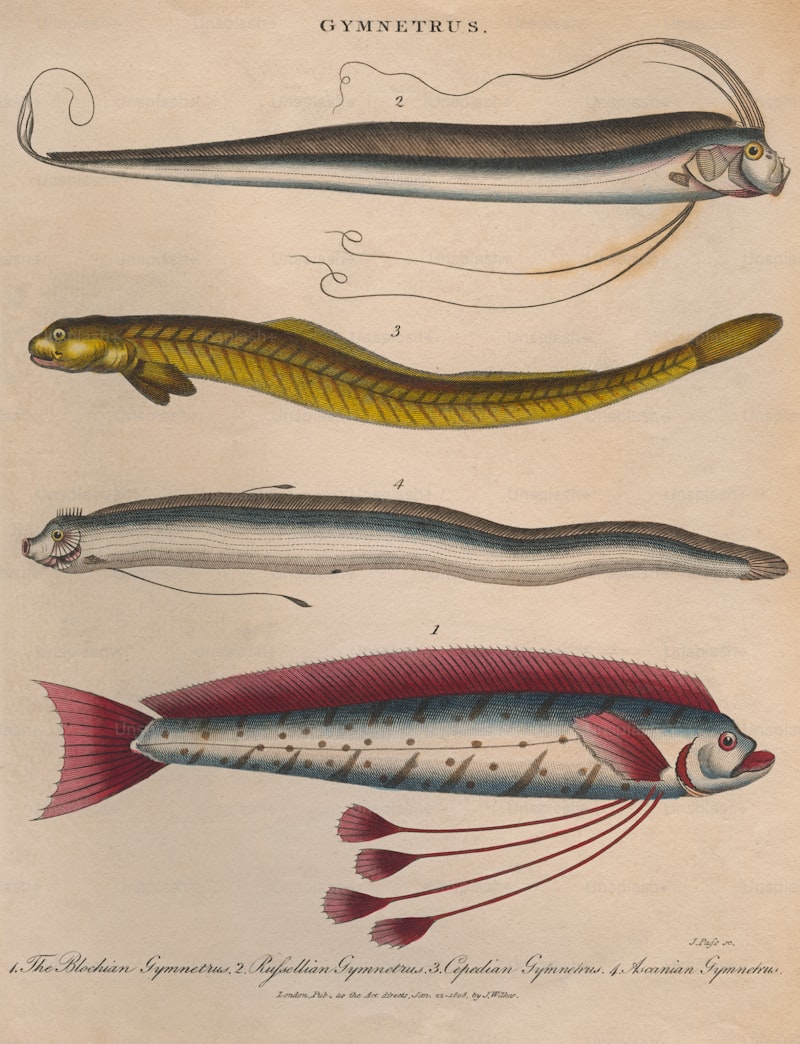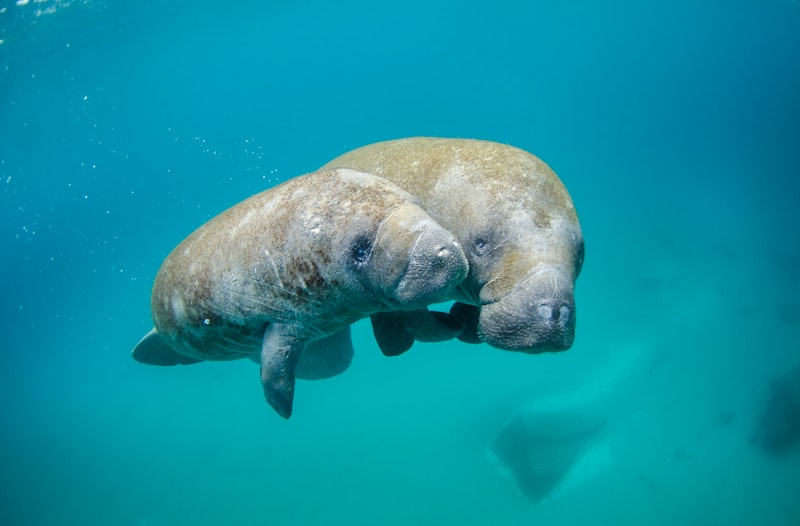Another key strategy focuses on sustainable fisheries management. This approach aims to regulate fishing practices to ensure that they are environmentally sustainable and do not deplete fish stocks beyond their capacity to recover. By implementing quotas, seasonal closures, and gear restrictions, fisheries can be managed in a way that supports both ecological health and the livelihoods of fishing communities.
In addition to these efforts, habitat restoration plays a vital role in marine biodiversity conservation. Restoration projects target degraded marine habitats such as coral reefs, mangroves, and seagrass beds, aiming to restore their ecological functions and enhance their resilience to climate change and other stressors. These projects often involve replanting corals, removing invasive species, and improving water quality to create healthier environments for marine life.
Moreover, raising awareness and education among local communities and the general public is crucial for the success of marine biodiversity conservation. When people understand the importance of marine ecosystems and the threats they face, they are more likely to support conservation initiatives, adopt sustainable practices, and advocate for policy changes that protect our oceans.

By employing these comprehensive strategies—MPAs, sustainable fisheries management, habitat restoration, and community engagement—we can work towards preserving marine biodiversity for future generations. Each strategy plays a vital role in addressing the complex challenges facing our oceans today, ensuring that marine ecosystems remain resilient and productive in the face of ongoing environmental changes.
Innovative Approaches: Harnessing AI for Marine Biodiversity Conservation
One of the innovative approaches involves using AI-powered drones equipped with advanced sensors to monitor marine habitats. These drones can collect data on water quality, temperature, and marine life distribution with unprecedented accuracy and efficiency. By analyzing this data using AI algorithms, researchers can identify patterns and trends, helping them to make informed decisions about conservation strategies.
AI also plays a crucial role in species identification and tracking. Image recognition algorithms can quickly analyze underwater footage and identify species of fish, corals, and other marine organisms. This capability not only speeds up the data analysis process but also improves the accuracy of species population assessments, essential for effective conservation planning.
Furthermore, AI-driven predictive models are being developed to forecast changes in marine environments due to climate change and human activities. These models simulate various scenarios, allowing researchers to anticipate potential threats to biodiversity and implement proactive conservation measures.
In addition to monitoring and predictive modeling, AI is enhancing conservation efforts through adaptive management strategies. By continuously analyzing incoming data and adjusting conservation plans in real-time, AI ensures that interventions are responsive to changing environmental conditions and threats.
Overall, the integration of AI into marine biodiversity conservation represents a paradigm shift in how we approach environmental protection. By leveraging technology to augment human capabilities, researchers and conservationists can achieve more significant and more sustainable outcomes in safeguarding our oceans’ health and biodiversity.
Community-Led Conservation: How Local Initiatives Are Saving Marine Life

Imagine a coastal town where residents band together like a tightly knit crew on a shared mission to protect their oceanic backyard. These grassroots movements are akin to sailors navigating uncharted waters, driven by passion and a deep-rooted connection to the sea. Their efforts are not just about safeguarding marine life but also about preserving a way of life intricately woven with the rhythms of the tides.
One striking example is the revival of coral reefs off the shores of Indonesia, where villagers have taken it upon themselves to restore damaged reefs through coral transplantation and sustainable fishing practices. Their dedication mirrors the resilience of the reefs they nurture, each polyp a testament to the community’s commitment to future generations.
Elsewhere, along the coasts of Latin America, fishing cooperatives have adopted sustainable fishing methods that not only ensure a steady catch but also protect endangered species such as sea turtles and dolphins. Their approach is a delicate dance, balancing livelihoods with the imperative to conserve.
These local efforts ripple outward, inspiring neighboring communities and galvanizing global awareness. They prove that conservation is not a remote concept but a tangible endeavor woven into the fabric of everyday life. Every discarded plastic bottle retrieved from the shore, every reef gently nurtured back to health, echoes across oceans and continents.
In essence, community-led conservation embodies the spirit of stewardship, where ordinary individuals become custodians of extraordinary ecosystems. It’s a narrative where the smallest actions yield monumental results, where the fate of marine life rests in the hands of those who call the coastlines home. As we navigate an uncertain future, these local heroes stand as beacons of hope, their stories a testament to the power of collective action and the enduring bond between humanity and the sea.
Breaking Barriers: The Role of Technology in Protecting Ocean Habitats
The world’s oceans, vast and mysterious, are home to a myriad of ecosystems that support life on Earth. However, these fragile habitats face increasing threats from human activities such as overfishing, pollution, and climate change. In this challenging landscape, technology emerges as a powerful ally in the fight to preserve and protect our ocean environments.
One of the most innovative uses of technology in ocean conservation is through remote sensing and monitoring systems. These advanced technologies allow scientists to gather data on oceanic conditions, wildlife populations, and environmental changes in real-time and at a scale previously unimaginable. Satellite imaging, for instance, enables researchers to track illegal fishing activities and detect oil spills swiftly, allowing for rapid response and mitigation efforts.
Moreover, underwater robots, known as autonomous underwater vehicles (AUVs), play a crucial role in exploring and studying the depths of the ocean. Equipped with sensors and cameras, AUVs can map out coral reefs, monitor marine biodiversity, and even collect samples from the ocean floor without disturbing fragile ecosystems. This capability is invaluable in assessing the health of marine habitats and identifying areas in need of protection.
In addition to monitoring and data collection, technology facilitates international collaboration and information sharing among scientists, policymakers, and conservationists. Online platforms and databases allow researchers from around the globe to collaborate on projects, share findings, and develop strategies for sustainable ocean management. This interconnectedness accelerates progress towards common goals and fosters a unified approach to ocean conservation.
As technology continues to advance, new innovations such as artificial intelligence (AI) and machine learning hold promise for enhancing our understanding of ocean dynamics and predicting future environmental changes. These technologies can analyze vast amounts of data to identify patterns, forecast marine trends, and inform adaptive conservation strategies.
From Policy to Action: Implementing Effective Marine Conservation Plans
Imagine a world where every policy decision about marine conservation isn’t just a document gathering dust on a shelf but a dynamic force driving real change in our oceans. This is the essence of effective implementation – turning ideas into impactful actions that safeguard our marine ecosystems for generations to come.
At the heart of this process lies strategic planning. It’s akin to charting a course on a vast ocean, navigating through challenges and uncertainties. Policies need clear goals, measurable targets, and robust frameworks to guide their execution. Without these navigational aids, the journey towards marine conservation can easily lose direction.
Moreover, effective implementation requires collaboration across various sectors – governments, NGOs, scientists, and local communities. Each plays a crucial role, contributing unique perspectives and resources to the collective effort. It’s like assembling a diverse crew for a challenging expedition, where everyone’s expertise is essential for success.
Furthermore, monitoring and adaptation are vital aspects of implementing marine conservation plans. Just as sailors adjust their sails to changing winds, conservationists must continually assess progress, tweak strategies, and respond to new challenges such as climate change and pollution.
Frequently Asked Questions
What are the main threats to marine biodiversity?
Learn about the primary threats facing marine biodiversity, including habitat destruction, pollution, overfishing, climate change, and invasive species. Understand how these factors impact marine ecosystems and what can be done to mitigate their effects.
How can individuals contribute to marine biodiversity conservation?
Learn how individuals can contribute to marine biodiversity conservation through actions like reducing plastic use, supporting sustainable seafood choices, participating in beach clean-ups, advocating for marine protected areas, and educating others about the importance of ocean conservation.
Why is marine biodiversity conservation important?
Understand the significance of marine biodiversity conservation and its crucial role in preserving ecosystem balance, supporting fisheries, and sustaining global biodiversity. Learn why protecting marine life is vital for human well-being and the health of our planet.
What are marine biodiversity conservation strategies?
Learn about effective strategies aimed at preserving marine biodiversity. Discover methods such as marine protected areas, sustainable fishing practices, habitat restoration, and global cooperation efforts.
How do scientists assess marine biodiversity?
Discover how scientists assess marine biodiversity through a variety of methods including underwater surveys, DNA analysis, satellite imaging, and ecological modeling. These techniques help researchers understand the distribution and abundance of marine species, crucial for conservation and ecosystem management.



